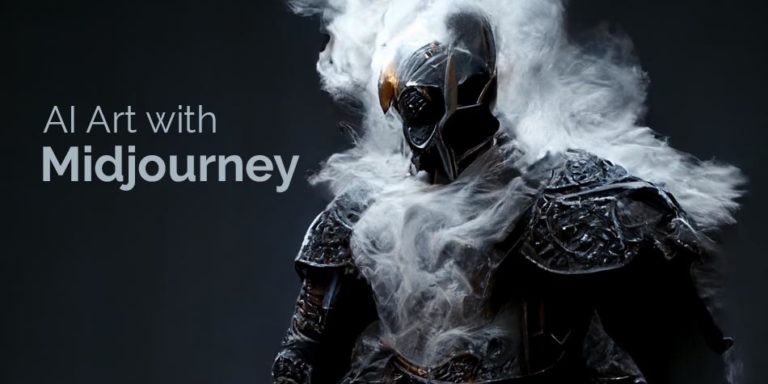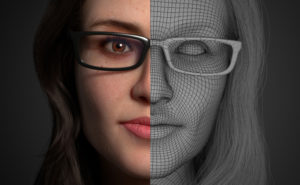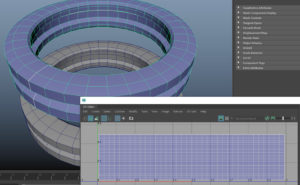After using Midjourney to create AI for a couple of hours, many questions came up. What if artificial intelligence began to create art, bypassing the artist altogether? The idea of AI creating artwork might seem like a scary prospect for some, but what if AI could enhance an artist’s process and help them to do better work? Or what if AI created artwork autonomously, without any human input whatsoever? These are questions that we need to be asking as artists and as society as a whole.
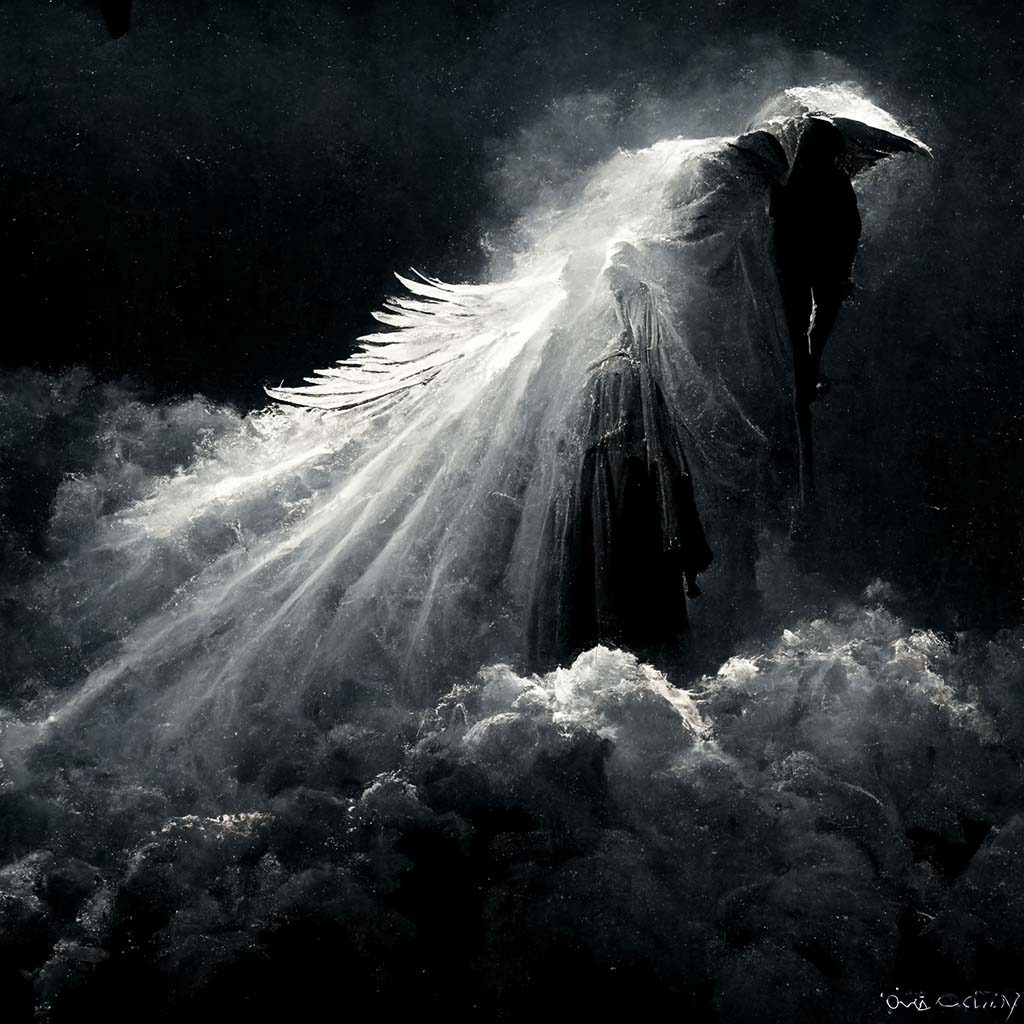
As technology evolves at an alarming rate, we must stay open-minded about the possibilities that come with it. So far, AI has proven itself capable of outperforming humans in specific tasks (such as analyzing data), so it’s worth exploring how this technology might help artists in their creative process. At the very least, we can learn from AI and use its algorithms and tools to help us create more efficient workflows. Stay tuned for future posts on this topic!
Midjourney is an online art community that focuses on AI art. What does that mean? It’s a site where artists can create pieces with the help of artificial intelligence. This opened up a new world of creativity and possibilities, and I wanted to explore it further. In this post, I’ll go over what Midjourney is, how it works, and why you should check it out. Read on if you’re interested in digital art or want to see what AI can do!
What is Midjourney?
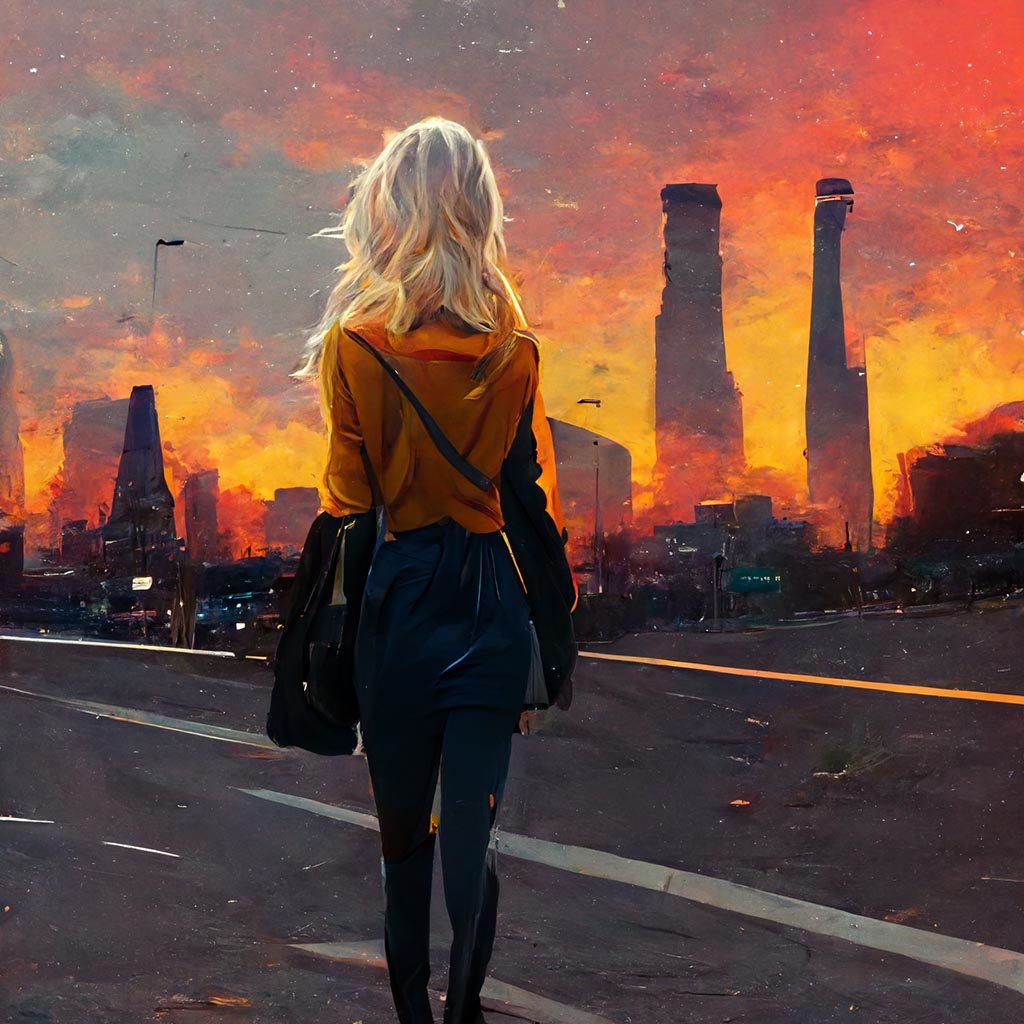
Midjourney is a creative writing platform that allows users to generate and share stories. It was created by two writers looking for a better way to share their work with the world. The platform went through a beta phase before launching in 2020. Midjourney is funded through a mix of commercial partnerships and user donations.
Anyone can create an account and access the platform’s features for free. However, some content is only available to paying subscribers. Discord integration is also available for users who want to chat with other writers and get feedback on their work. Whether you’re a seasoned author or just getting started, Midjourney has something to offer everyone.
Also Read: Artflow AI and the Artists Using It
How to get started with Midjourney?
To start using Midjourney, you need to join their Discord. The easiest way to do this is to visit https://www.midjourney.com

Then click on the “Join the Beta” button and create your Discord account.
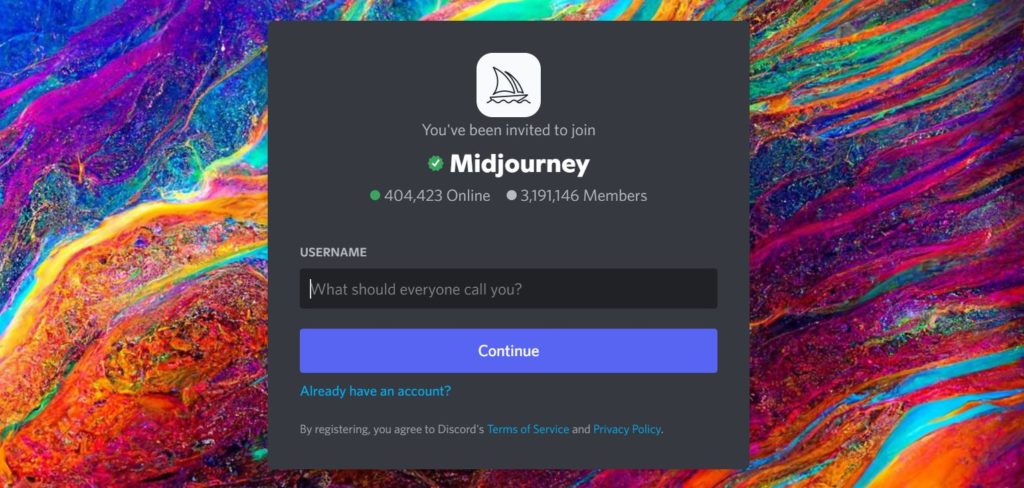
Once you are in their Discord, thanks to their free plan, you can start using the power of AI to create amazing images. Remember that paid plans also allow you to make more images and access more features.
How does it work?
You can create images with Midjourney via prompts. Here’s how it works: you text Midjourney a prompt, and it uses its servers and GPU power to imagine a vision based on the description that you typed. Then, it sends you back a design. You can use Midjourney as a quick way to get ideas down, so you don’t have to spend time drawing or looking for reference photos.
Also Read: Blender Vs. Maya (3D Software)
Create your first AI artwork
Enter a room
Because we’re just starting, it’s recommended that you use one of the “newbies” rooms.

Type your first prompt
To create an image, you must describe what you want the image to be. This is known as a “prompt.” To start writing a prompt, you need to type: backslash, imagine, and after that, you can enter the description. Here is an example:
/imagine prompt: Norse warrior, strong male with armor, dark background with white smoke, realistic with volumetric lighting

Hit enter and wait for your images to appear in the room, like a standard message.
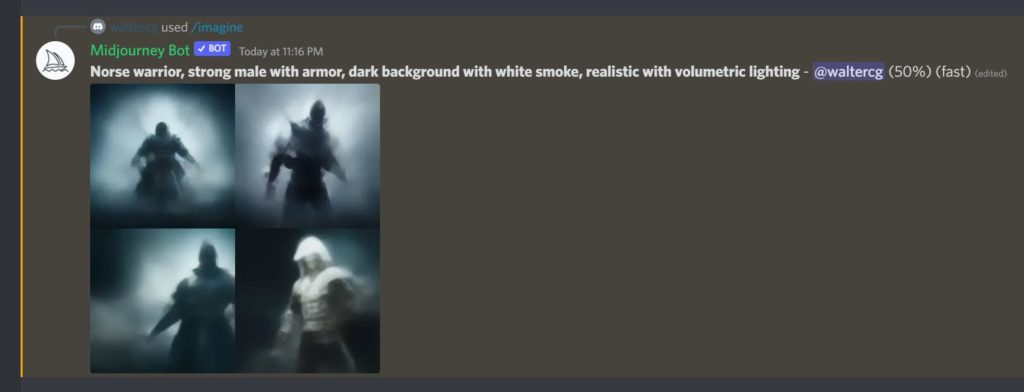
Your images will appear highlighted, so it’s easier to find. The images are being created, and you can see the process by which the details are being refined.
Once it reaches 100%, a new message will be generated in the room. It contains four possible images.

How to use the buttons in Midjourney?
Once Midjourney returns four possible images to continue working, there are some buttons that are not very intuitive to use. So, let’s explain what these buttons mean.
The numbers 1 to 4 correspond to the images. The top left image is number 1, the top right image is number 2, the one in the bottom left is number 3, and the remaining image on the bottom right is number 4. You can also see the following image to see it more clearly.
“U” stands for “upscale.”
“V” stands for “variations.”
With this information, now it’s really easy to move on. If you want Midjourney to create other four variations of a specific image, let’s say number 4, we will press “V4”.

Here are the four variations after the process is finished.

Now let’s press the “U2” to upscale the image on the top right.
This is the result:

The final result
You can make new variations based on this image by clicking on the “Make Variations” button. But because I’m happy with the result, I will choose to “Upscale to Max”.
And here is the final result:

After you’ve generated a great AI image, you can use it in many ways. You can retouch it to add details or use it as concept art for a project you’re working on. You can also share it with friends or post it online for others to see. It’s a great way to show off your art skills, and you might even get some new ideas from others who see them. And best of all, it’s free! So why not give it a try? Who knows, you might just create something beautiful.
Also Read: 15 Best Villains in Video Games
The case for AI Art
artists are increasingly required to provide follow-up content, generate new ideas, or simply generate more art faster than they can on their own. As a result, some artists are turning to artificial intelligence (AI) for help. AI can provide artists with new ideas, help them improve their work, and even create artwork on its own.

While some artists worry that AI will take over the art world, others believe that it can augment human creativity and even help artists to reach new heights. Whatever the case may be, there’s no doubt that AI is changing the landscape of art.
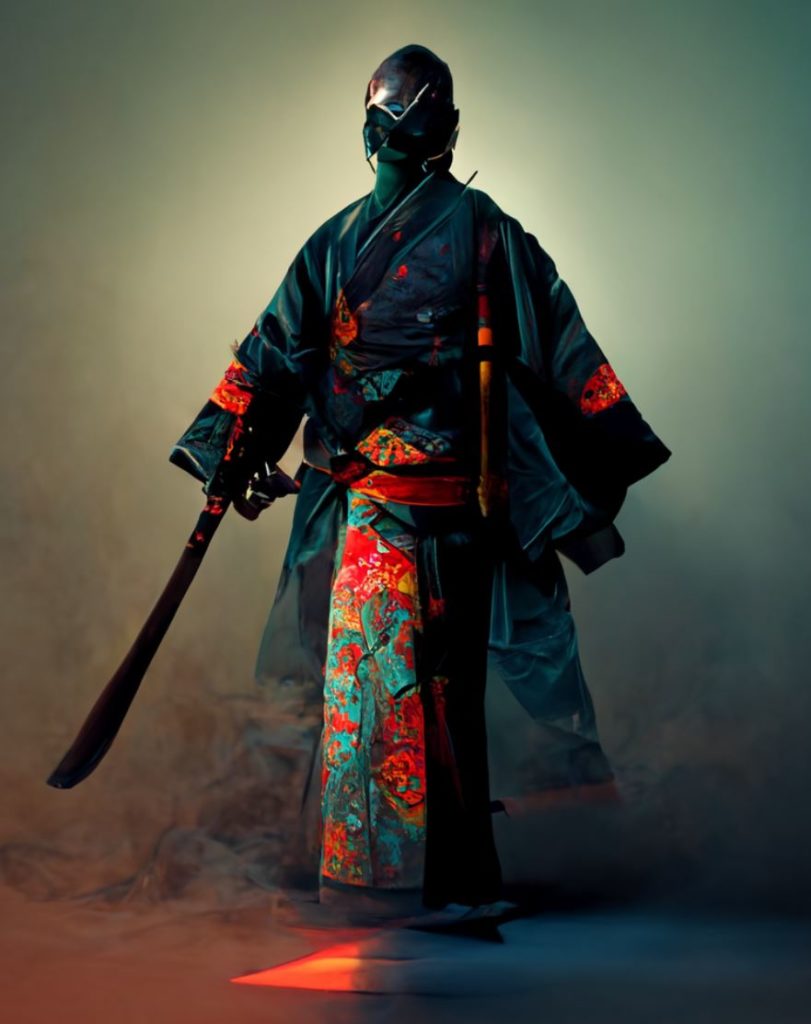
The case against AI Art
AI art is a hot new commercial trend, with paintings selling for hundreds of thousands of dollars. But some people are worried about the implications of AI art and the moral and ethical problems that may occur. One issue is that AI art is usually created using data from real-world artists. This means that AI art is essentially piggybacking on the creativity of others without giving them any credit or compensation.
Additionally, AI art raises questions about who should be considered the “author” of a piece of artwork. If a machine creates a painting, is the artist the person who wrote the code or the machine itself? Finally, there are concerns that AI commercial art could eventually put human artists out of work.

As AI technology improves, it may become capable of creating realistic artwork that is indistinguishable from human-created art. When this happens, there will be no need for human artists, and many people will lose their livelihoods. For now, AI commercial art remains controversial, and it’s essential to keep a close eye on developments in this field.
Midjourney is just one of many AI platforms to create art, Artflow AI is another one that will help you create portraits.
Conclusion
Midjourney is one of the many AI platforms that you can use to create art. While it is a controversial topic, many artists use this new technology to their advantage. If you haven’t tried Midjourney yet, I will encourage you to do so. It’s easy to use, and you may be surprised at the results. As always, let me know what other AI platforms you know in the comments!
Also Read: Best 3D Animation Movies: 15 All-Time Favorites
Nyx, General Manager and Editor at Vertex Mode, is a seasoned 3D Artist in gaming and film, sharing insights on Digital Art and its creators.
